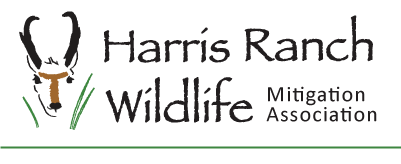
- Home
- Long-Billed Curlew
Long-billed curlew
At Harris Ranch and in the surrounding BRWMA, curlews utilize the low slope areas along the tops of the Foothills as nesting areas. Curlews migrate into southwestern Idaho during late March. While in Idaho, curlews lay eggs, and then tend to their nestlings and fledglings. Most curlews typically depart Idaho by mid-August.
In Idaho, long-billed curlews prefer open shrub steppe and grasslands containing short vegetation for nesting, and often feed in agricultural areas (Karl 2000). Long-billed curlews' small population size and negative population trends, combined with threats of habitat degradation on both their breeding and wintering grounds, make this species a very high conservation priority.
During the late nineteenth and early twentieth centuries, uncontrolled hunting decimated populations of many shorebirds, including long-billed curlews. Breeding curlews disappeared from large portions of their range during these decades (Andrews and Righter 1992, Stewart 1975). With protection, the populations of most shorebirds breeding in the arctic recovered.
However,
long-billed curlews nest in the grasslands of central and western North
America, where habitat destruction and other factors have not allowed for a
sustained population recovery during the twentieth century. In fact, its
breeding range has continued to contract in some areas. The U.S. Shorebird
Conservation Plan lists long-billed curlews as a "Highly Imperiled"
species of shorebird, based on population trends, relative abundance, threats
on breeding grounds, and threats on non-breeding grounds (Brown et al. 2001).
Long-billed curlews nest on both wet and dry uplands of Great Plains
grasslands, preferring gravelly soil. In winter, the species is found in
estuaries, mudflats, salt marshes, sandbars, coastal shorelines, sandy beaches,
lake edges, and grain fields.